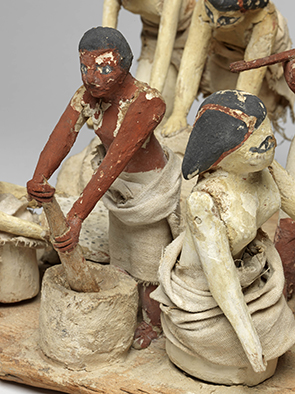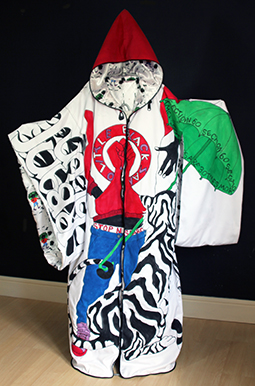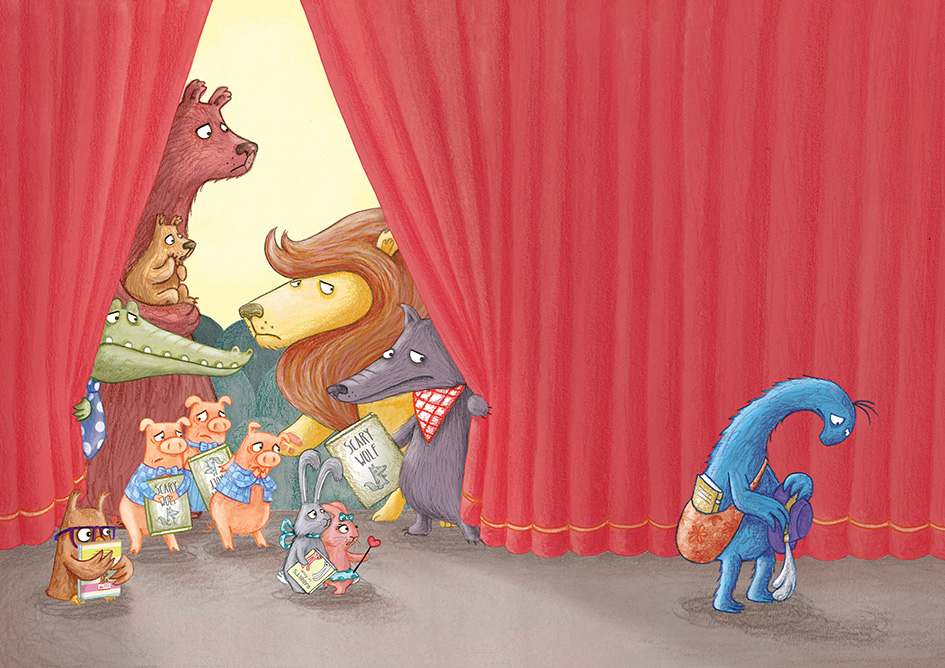This Image: Baxter’s Book by Hrefna Bragadottir
One of the things you may love about Cambridge is our huge, thriving cultural assets. They’re right on our doorsteps, or not far off, providing a rolling programme of high-quality shows throughout the year – many of them free! From the grand elegance of the Fitzwilliam Museum to the cerebral brilliance of Wysing Arts Centre, right the way through to Kettle’s Yard and the Cambridge Junction – a hotbed for performing and live arts.
But what of the artist and its impact on the institution? This hot topic defined a recent conference called Working Together: The Impact of Artists on the Institution, which took place at Focal Point Gallery in Southend-on-Sea and was hosted by the East Contemporary Visual Arts Network and chaired by Wysing Arts. Nefariously described throughout one talk as a ‘horror’, the institution here in Cambridge nonetheless adds vital cultural infrastructure to our city. However, as cuts kick in and art slowly vanishes from schools (alarming!), my take on all this is that we are all in it together. To fight this somewhat bizarre, slow death devaluing the arts, why not make the most of what we have? Buy from your favourite artists, writers and musicians and appreciate their work. Fight for the arts by encouraging engagement.

So head over to the Fitzwilliam Museum before 22 May to catch its first keynote show of its bicentenary year, Death on the Nile, which showcases the museum’s own collection of Egyptian coffins, as well as those on loan from the Louvre and the British Museum. The Egyptian collection is one of the biggest assets to the Fitzwilliam. Yes, it might be about the ancient funeral industry, but Death on the Nile delivers a heady mix of opulence, mystery and scholarly relevance – this is the first time a live conservation lab has been set up in the museum. “To us, for whom death is a taboo subject, this seems like a morbid preoccupation. In fact, it was an obsession with life and an urgent wish to ensure its perfected continuation,” says exhibition co-curator, Egyptologist Helen Strudwick. Parents will be delighted with their family-friendly resources, catering for babies with play mats and picture books, as well as fun, discovery-style Fitz Kits boxes, for children of all ages, which will bring the show to life for little ones. Just ask at reception, as you go in, for the resources.
The flipside of our institutional-rich art scene in Cambridge, of course, is that the vibrant flowering of DIY, independent art spaces that help keep any cultural scene fresh, diverse and interesting are much rarer because of the cost of property here (and lack of rent controls).
This Image: Wooden model of a brewing and baking workshop, circa 2010-1950BC
Such spaces tend to vanish after short bursts, or survive through close institutional legitimisation here in Cambridge. But artist-led, grass roots or national, grandiose treasures alike – they are all vital. Art initiatives like SHINDIG have survived by spinning carefully crafted, hipster-friendly, intelligent art events in multifarious locations, are a massive asset to Cambridge – check out www.shindiggig.com to see what’s coming up.
This month we also have our new independent art space from Cambridge Art Salon at 1 Thrifts Walk, launching an ‘art shop’ on 21 May, home to milliner Karen Lewis, as well as artists Peter Sutton, Lucy Parnell, Sukey Sleeper and Sa’adiah Khan. Plus, check out Aid & Abet’s space, ELAN, which houses inventive, cutting-edge artists such as David Kefford and Sarah Evans (aidandabet.co.uk).
Lovers of independent art will also adore STRAY, a Cambridge-based artist collective, made up of established artists who ‘stray’ from strict, fixed disciplines. A dynamic powerhouse of talent, STRAY’s new show, Beneath The Surface, part of the Norwich and Norfolk Festival, appears on 14 May at Norwich’s Undercroft Gallery, a huge space which allows the artists to show large-scale, ambitious work.

“We live in a world of fact and fiction. What is beneath the surface of life?” asks curator Gennadiy Ivanov. Expect anything from huge bog-oak sculptures to a catwalk of kimonos as a contrasting range of voices explore this compelling theme. As in life, or the creation of any art piece, “the truth is not on the surface, it is hidden,” Ivanov says. Go to scratch the surface, seeking the truth, and come away telling your own (#straynorwich).
Finally, parents, snap up a copy of UNIT 13-based Hrefna Bragadottir’s Baxter’s Book. Says Hrefna, “I feel very lucky to have Baxter’s Book published both in the UK and several other countries. It’s been an absolute dream come true and I can’t wait to see what’s next.” To many, this is what art is – both a nurturer of dreams and a dream come true – so let’s fight to keep these dreams alive.
This Image: A kimono by Deanna Tyson from STRAY

